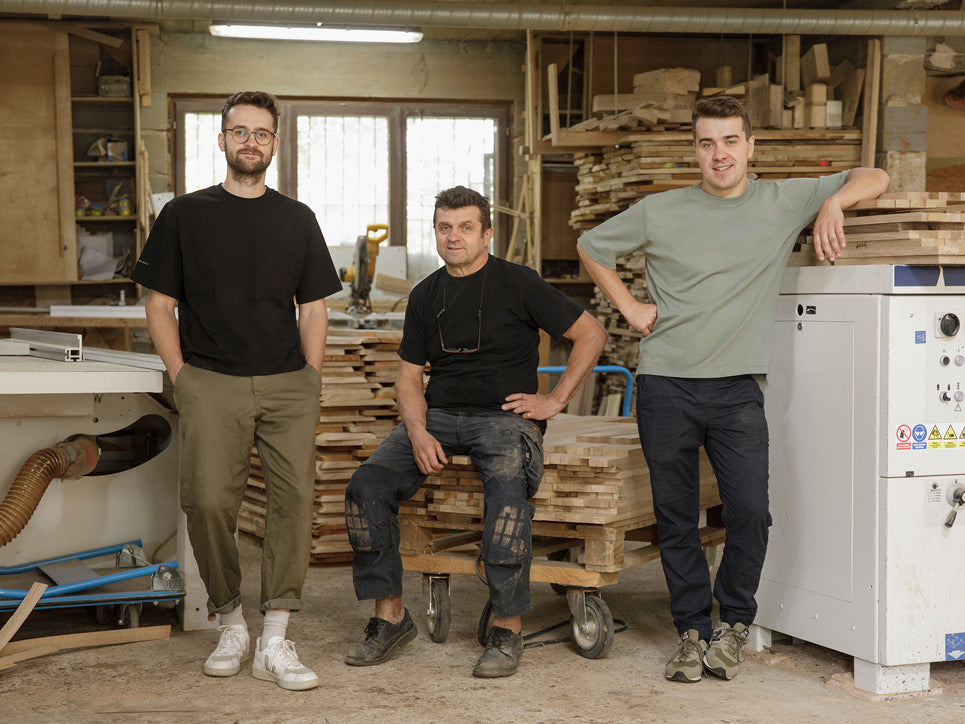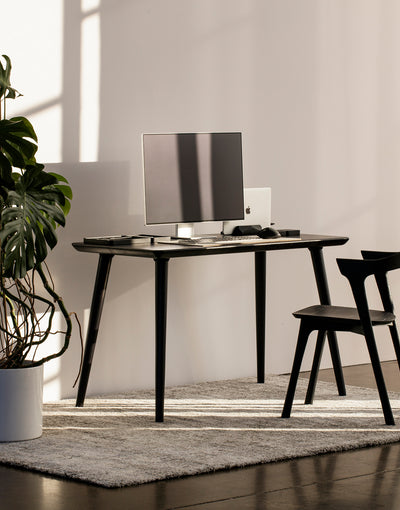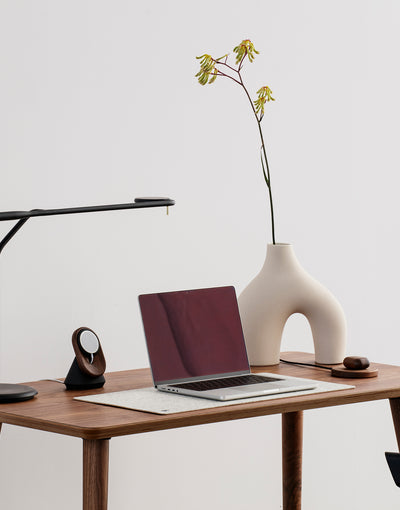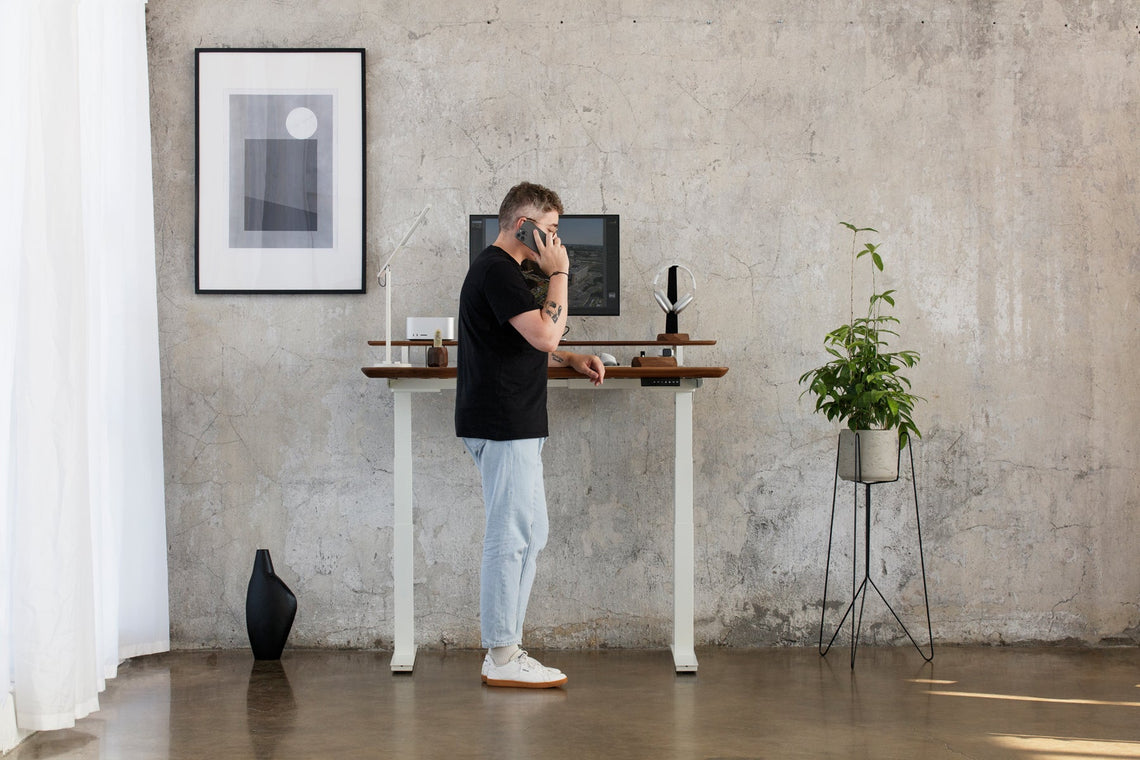www.oakywood.com.au is no longer available
Shop at www.oakywood.shop
For any order-related issues, please email us at australia@oakywood.shop.
By Collection


How the past and the present shape the future of design?
Artists taking inspiration from old styles and reinterpreting them in the modern key, the ever repeating trend cycle, bold or subtle callbacks to the bygone eras, and combining the ‘old’ with the ‘new’ - are common th...
Oct 26, 2023

People of design: Aleksandra Ciesielska
We have been working on a unique offer to accommodate our business clients for some time now and today, we can proudly say that the Oakywood for Business offer is live. To get to know our new customers a little better...
Oct 26, 2023
Reach us in
13/14 Burgess Road, Bayswater North VIC 3154
Reach as at
e-mail us:
hello@oakywood.com.au

By Collection


How the past and the present shape the future of design?
Artists taking inspiration from old styles and reinterpreting them in the modern key, the ever repeating trend cycle, bold or subtle callbacks to the bygone eras, and combining the ‘old’ with the ‘new’ - are common th...
Oct 26, 2023

People of design: Aleksandra Ciesielska
We have been working on a unique offer to accommodate our business clients for some time now and today, we can proudly say that the Oakywood for Business offer is live. To get to know our new customers a little better...
Oct 26, 2023
Reach us in
13/14 Burgess Road, Bayswater North VIC 3154
Reach as at
e-mail us:
hello@oakywood.com.au
